Introduction to AMD System on a Chip (SoC)
In the world of modern computing, the term “System on a Chip” (SoC) is becoming increasingly significant. A System on a Chip, or SoC, integrates all the essential components of a computer or other electronic systems onto a single chip. AMD, a leader in semiconductor innovation, has made substantial advancements in SoC technology, offering high-performance, energy-efficient solutions for various applications. This article delves into the intricacies of AMD’s SoC, its advantages, applications, and why it is a critical component in today’s technology landscape.
What is a System on a Chip (SoC)?
A System on a Chip (SoC) is an integrated circuit that consolidates all the components of a computer or other electronic system onto a single chip. This includes the central processing unit (CPU), memory, input/output ports, and secondary storage, all packed into one tiny microchip. The primary advantage of an SoC is its compact design, which leads to reduced power consumption and increased performance, making it ideal for mobile devices, gaming consoles, and even embedded systems.
The Evolution of AMD’s System on a Chip
AMD has been at the forefront of SoC development, continuously pushing the boundaries of what these tiny yet powerful chips can do. AMD’s SoCs are built using advanced manufacturing processes and are designed to deliver high levels of performance and efficiency. Over the years, AMD has introduced several SoCs that have become central to various computing platforms, from gaming consoles like the PlayStation and Xbox to high-performance computing systems.
Advantages of AMD SoC
1. High Performance
AMD SoCs are engineered to deliver superior performance, enabling devices to run complex applications smoothly. The integration of multiple cores and advanced processing units allows for multitasking and enhanced processing speed.
2. Energy Efficiency
One of the standout features of AMD SoCs is their energy efficiency. By integrating all components into a single chip, power consumption is significantly reduced, which is crucial for battery-operated devices like smartphones and tablets.
3. Compact Design
The compact design of AMD SoCs allows for more space in devices, which can be utilized for additional features or larger batteries. This is particularly beneficial in the design of sleek and lightweight devices.
4. Cost-Effective
By consolidating multiple components into one chip, the overall cost of production is lowered. This cost-effectiveness makes AMD SoCs an attractive option for manufacturers aiming to deliver high-performance devices at competitive prices.
Applications of AMD SoC
AMD’s System on a Chip has found its way into various applications across different industries:
- Gaming Consoles: AMD’s SoCs are the backbone of gaming consoles like the PlayStation 5 and Xbox Series X, providing the necessary power and graphics capabilities for immersive gaming experiences.
- Embedded Systems: In automotive and industrial applications, AMD SoCs are used in embedded systems to perform specific tasks reliably and efficiently.
- Mobile Devices: Smartphones and tablets benefit from the high performance and energy efficiency of AMD SoCs, enabling them to run demanding applications while preserving battery life.
- High-Performance Computing: AMD SoCs are also used in high-performance computing systems, where their ability to handle complex computations and data processing is highly valued.
The Future of AMD System on a Chip
The future of AMD’s System on a Chip looks promising as the demand for compact, powerful, and energy-efficient computing solutions continues to grow. With ongoing research and development, we can expect AMD to introduce even more advanced SoCs that will further revolutionize various industries. The integration of artificial intelligence and machine learning capabilities into AMD SoCs is one area that holds significant potential, opening up new possibilities for smart devices and autonomous systems.
Conclusion
AMD’s System on a Chip is a testament to the company’s commitment to innovation and excellence in semiconductor technology. By offering high-performance, energy-efficient, and cost-effective solutions, AMD SoCs are driving the evolution of modern computing across various industries. As technology continues to advance, AMD’s SoCs will undoubtedly play a crucial role in shaping the future of computing.
For more information on AMD’s System on a Chip technology, you can visit
FAQs
Q1: What is the primary advantage of using an AMD SoC in devices?
A1: The primary advantage is the integration of all essential components into a single chip, which enhances performance, reduces power consumption, and allows for more compact device designs.
Q2: In which devices are AMD SoCs commonly used?
A2: AMD SoCs are commonly used in gaming consoles, mobile devices, embedded systems, and high-performance computing systems.
Q3: How does AMD SoC contribute to energy efficiency?
A3: By integrating multiple components into a single chip, AMD SoCs minimize power consumption, making them ideal for battery-operated devices.
Q4: What is the future outlook for AMD System on a Chip technology?
A4: The future outlook is promising, with advancements expected in integrating AI and machine learning capabilities, further enhancing the performance and versatility of AMD SoCs.


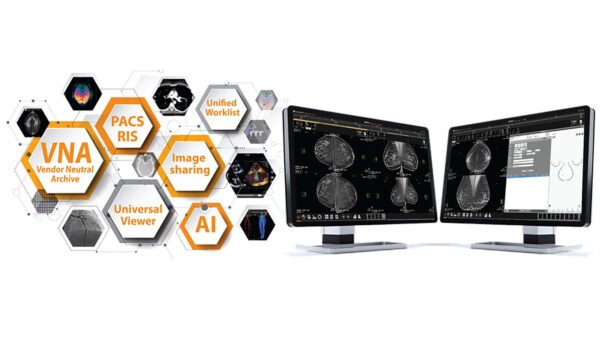
























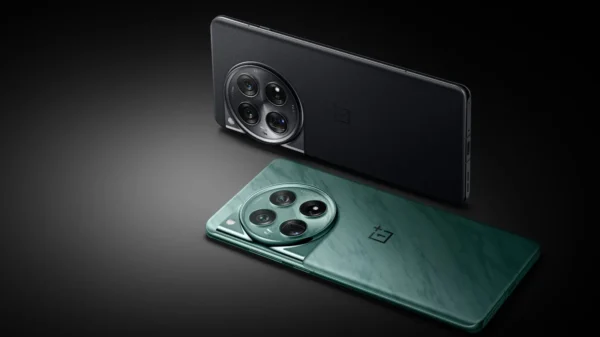





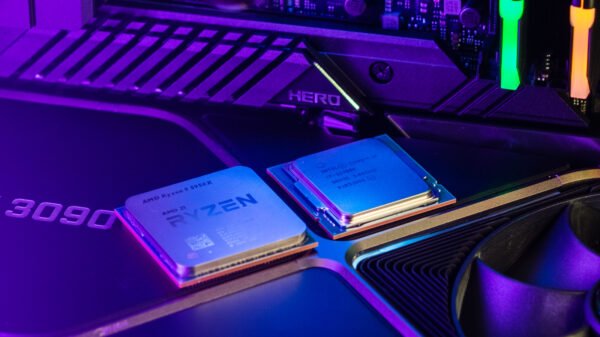
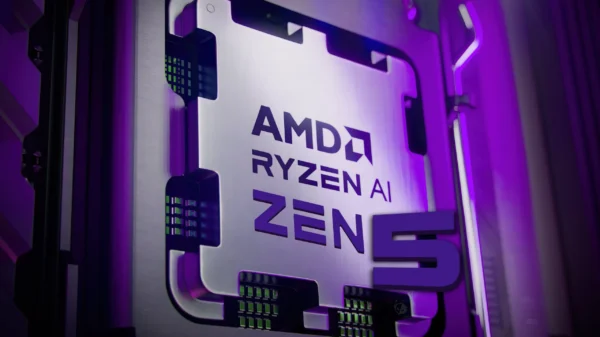















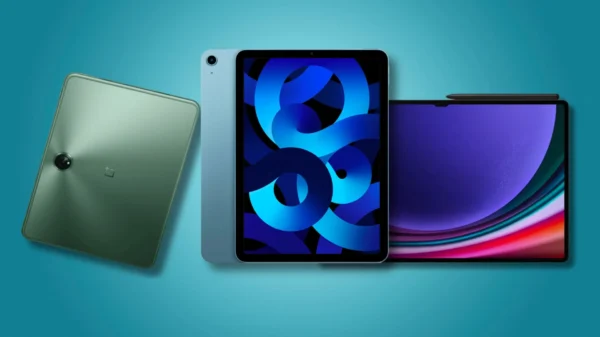




















Pingback: Neman Crypto: A Comprehensive Guide to the Emerging Digital Currency